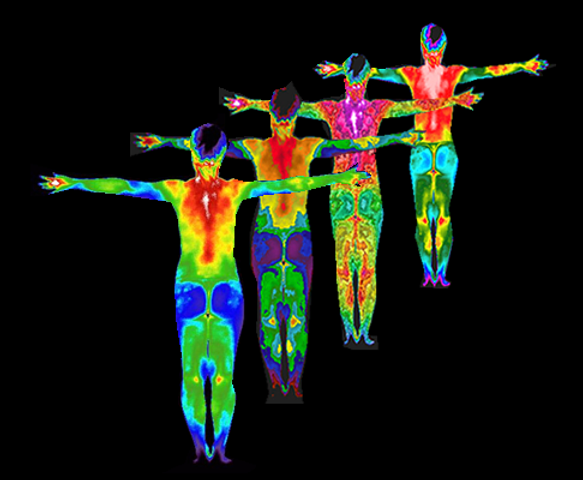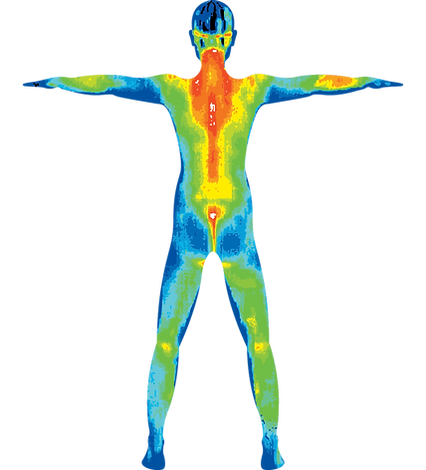Based on the principle of “like cures like,” meaning a substance that causes symptoms in a healthy person can, in small doses, treat similar symptoms.
Homeopathy is a natural form of medicine that embraces a holistic, individualized approach to healthcare.
Our Homeopathy services are tailored to each individual, recognizing that everyone’s body and health journey is unique.
Our skilled practitioners work closely with clients to understand their specific health challenges and goals. We use a variety of homeopathic remedies derived from natural substances, chosen to precisely match each client’s symptoms and overall health profile.
We believe in the power of Homeopathy to stimulate the body’s own healing processes and offer a gentle yet effective path to wellness.
Whether you’re dealing with chronic health issues or looking for preventive care, our Homeopathy services are here to support your journey toward better health and well-being.
It is important to note that Homeopathy is not a substitute for medical treatment; in some cases, it is best used as adjunctive therapy and conventional medical treatment. Therefore, it is important to consult a qualified homeopath to assess if Homeopathy is the best treatment for your condition.
Detecting early signs of potential health issues before they escalate is key to maintaining long-term wellness.
Thermography can play an important role in preventative healthcare. It captures images that reveal the body’s inflammation levels, highlighting areas that may need attention—often before symptoms or conventional tests can pinpoint a problem. This imaging method is instrumental in directing medical focus to specific body regions.
Thermography’s unique insights into our health status make it an excellent adjunct to other medical technologies. It enables visualization of our current health, encouraging a proactive stance towards wellness.

Thermal imaging is a precise method for measuring body temperature.
The circulatory system is always active, responsible for warming, oxygenating, nourishing, detoxifying, healing, and temperature regulation.
Increased blood flow to an area needing healing generates heat. Conversely, when an organ is under mild stress, blood is diverted from the skin to the organ, cooling the skin surface. Since each skin area correlates to a specific organ, thermography can indicate potential problem sources. While not a diagnostic tool for specific diseases, thermography identifies areas warranting further medical examination.
Thermal patterns, indicative of normal, warmer, or cooler temperatures, provide critical information for experts in thermal physiology.
Thermography is beneficial for both athletes and non-athletes in identifying and preventing significant injuries.
It detects increased blood flow—a response to injury—alerting to possible severe issues if not addressed promptly. It’s the most effective technology for observing injury-related heat and temperature changes.
In sports medicine, thermography helps prevent injuries and monitors muscle recovery post-exercise.
Muscle injuries cause inflammation, detectable through temperature variations and vascular patterns in thermal images.
Early inflammation detection is vital for appropriate treatment, especially in locating referred pain sources. In veterinary medicine, it’s used for identifying locomotion injuries in racehorses and monitoring their health.
The skin is more than a protective barrier; it’s a functional endocrine organ, producing hormones and interacting with all bodily processes.
Observing the skin’s response to hormonal and other endocrine activities through infrared imaging is like tapping into the body’s ultimate external communication system.
